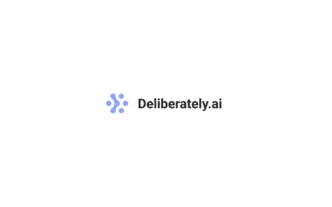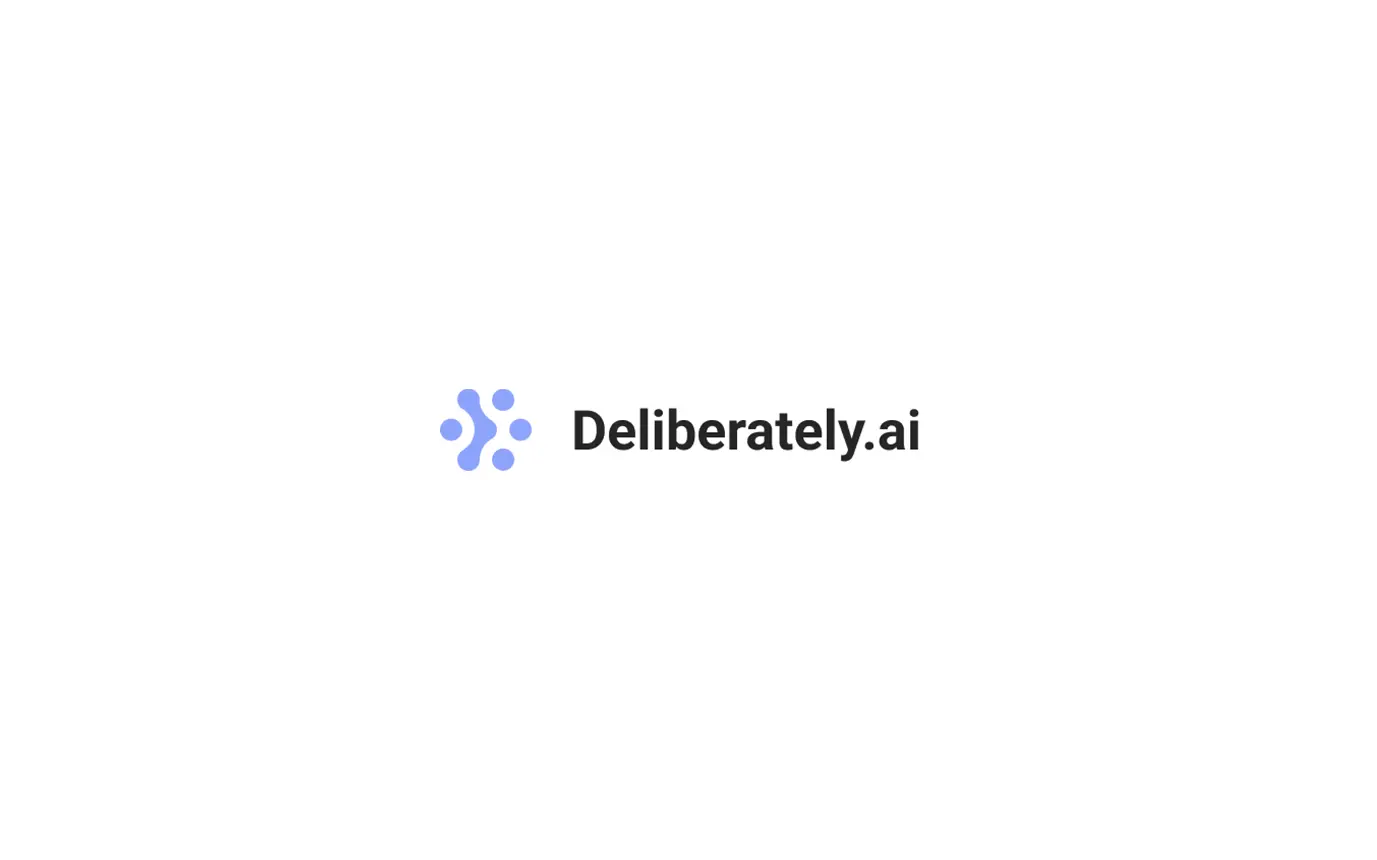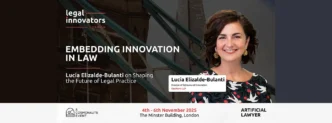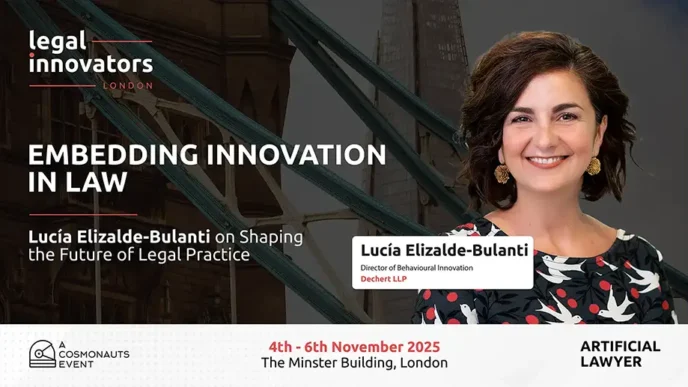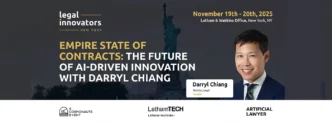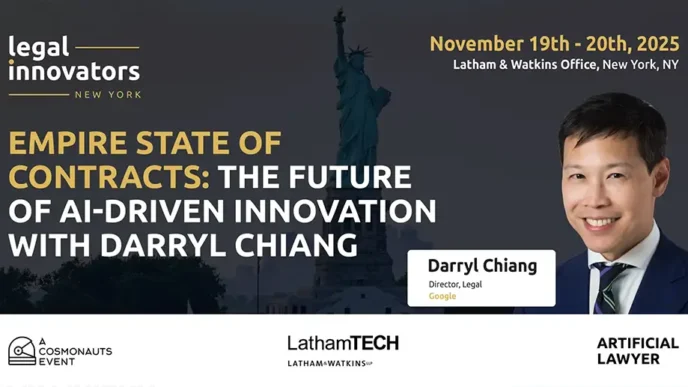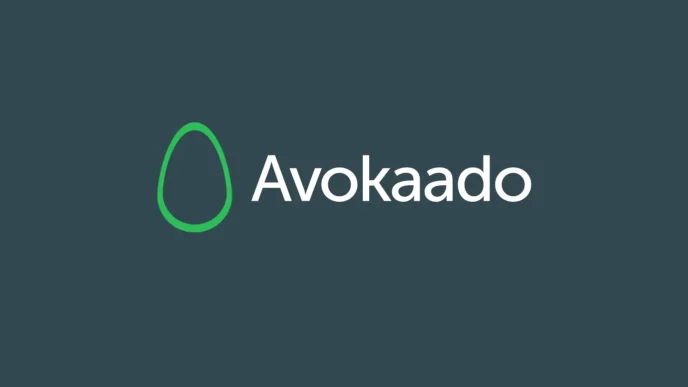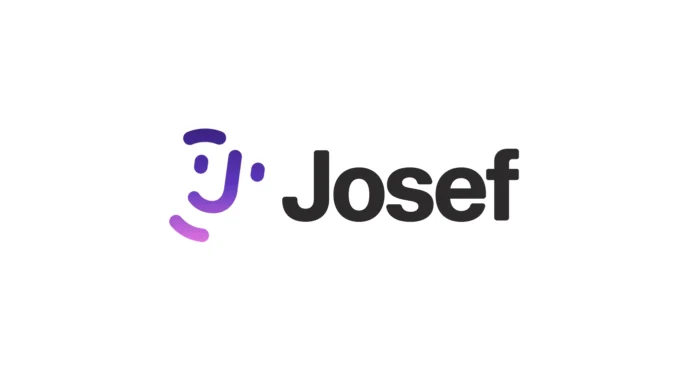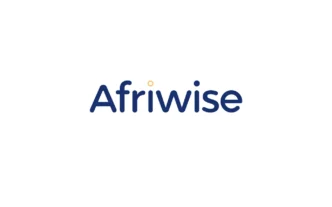In legal tech, the rush to automate has dominated recent headlines. Tools are getting faster, workflows more efficient, and clerical bottlenecks are being chipped away by large language models and task-specific AI. But in the realm of personal law, where the stakes are deeply human, something else is needed.
Deliberately.ai calls it Client Intelligence.
Founded by Hans Guntren and Riley Siebel, the platform isn’t designed to simply speed up filings or digitize forms. It aims to reshape the entire client journey from intake and document management to court-ready output, with systems that are context-aware, case-specific, and legally intelligent. For attorneys handling divorces, custody agreements, immigration, or even estate planning, it offers structure without rigidity, automation without oversimplification.
The product’s origin is more personal than technical. Hans experienced the system firsthand, during his own divorce. What stood out wasn’t just the paperwork or the delays, but how disconnected the process felt from the people that were involved. It was clear to him that legal tech hadn’t kept up with the emotional or procedural complexity of personal legal matters. Together with Siebel, a fellow C3.ai alum, he began building a different kind of system: one designed to relieve the cognitive burden of lawyers while enhancing their ability to serve their clients.
In our latest conversation, Hans joined us to discuss the origins of Deliberately.ai and the unique space it now occupies within the legal tech ecosystem.
TLW: Hans, most legal tech begins with operational goals: efficiency, scale, output. Deliberately seems to have grown from something more experiential. How did that personal journey influence what you ultimately chose to build?
Hans: “That’s right. My entry point into legal tech wasn’t operational, it was personal. I experienced the divorce process firsthand, and what struck me most was how difficult it was just to share my own information with my attorney. Imagine having to catalog every account, asset, debt, and investment, attach supporting documentation, and send it all over fragmented email chains. And then, as your information changes over time, you have to do it all again, repeatedly.
That was the client’s burden. But when we began working with law firms as design partners, we realized attorneys were overwhelmed too. They might be juggling 50+ clients at a time, each one sending hundreds of documents and emails. It wasn’t just inefficient, it was unmanageable.
That’s when it clicked: we could improve both sides of the equation. Better experiences for clients and attorneys weren’t mutually exclusive, they were interconnected. That insight shaped everything we’re building at Deliberately.”
Defining a New Category
Deliberately doesn’t fit neatly into traditional legal tech boxes. It’s not a form-filler, a CRM, or a practice management platform. Instead, it serves as a connective layer between people, documents, and decisions. It threads information, timelines, and legal obligations into a coherent case structure.
The team refers to it as a “Client Intelligence System,” and while the term may be new, the concept addresses old pain points: disorganized data, repeated questions, missed details, inconsistent filings. These issues have long been normalized in family and personal law, in part because legacy tools weren’t designed for the nuance of this work.
TLW: “Client Intelligence” isn’t a widely used term, at least not yet. What does it capture that “legal automation” or “case management” fail to convey?
Hans: “You’re right, “Client Intelligence” isn’t a common term yet, but that’s intentional. Traditional labels like “legal automation” or “case management” tend to describe tools that perform simple tasks. They’re valuable, but they often miss the bigger picture: the human complexity at the center of legal work.
Before Deliberately.ai, Riley and I spent years building AI solutions across many different industries: healthcare, aerospace, energy, even the Department of Defense. Some of our best work came from not accepting the status quo. Instead, we focused on deeply understanding real-world problems, and designing technology that made intuitive sense to the people using it.
When we started Deliberately, we brought that mindset with us. Instead of making incremental improvements to an existing category, we built an all new intelligent connective layer linking people, facts, documents, and decisions in a way that keeps the client at the center. As we shared this vision with our design partners, investors, and early customers, “Client Intelligence” naturally emerged as the clearest expression of what we were really offering.”
It’s more than automation. It’s about insight, context, and clarity in service of efficiency and efficacy.”
Memory, Consistency, and Legal Readiness
Deliberately.ai does more than store documents and run templated workflows. It constructs a knowledge graph for each case, linking facts to people, documents to obligations, and filings to their dependencies. Once a piece of information is captured (whether it’s a custody schedule or an income statement) it becomes part of a single source of truth. Every future form, deadline, or disclosure draws from the same core record.
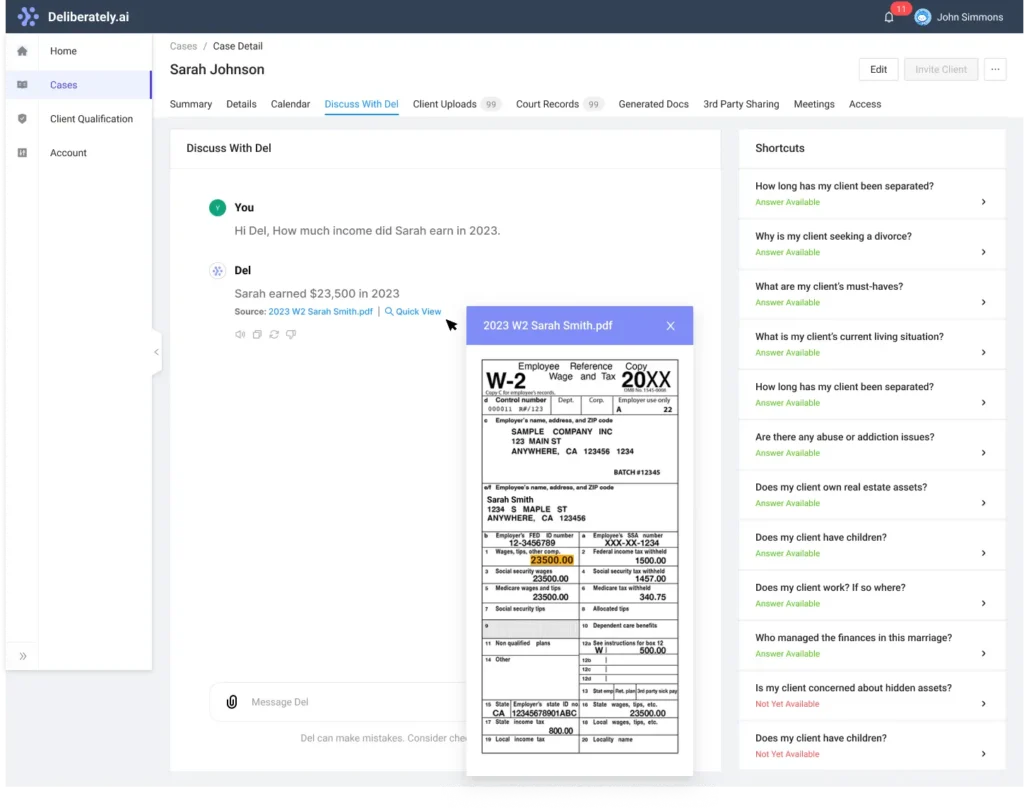
This consistency is critical in legal settings where even minor contradictions, be it an address mismatch, a duplicated name, an out-of-date figure, can lead to rejected filings, missed opportunities or reputational damage.
TLW: A consistent theme in your writing is the idea of “systems, not spot-checks.” Could you expand on how Deliberately builds systemic accuracy, and how that reduces professional risk?
Hans: “Trust and accuracy have been central to Deliberately.ai from day one. In fact, they shaped one of our most foundational product decisions: to focus our AI on client facts and information rather than case law. Legal precedent is a volatile and high-risk data set – AI can hallucinate, misinterpret nuance, or miss context altogether. That’s not acceptable in a profession where the stakes are high and precision matters.
When I talk about “systems, not spot-checks,” I’m pointing to a fundamental shift: moving from human-led review to machine-led verification. Instead of relying on a paralegal to manually review facts here and there, our platform continuously checks and cross-validates the entire dataset. This systemic approach not only improves accuracy, it also reduces cognitive burden on humans. It frees legal professionals to spend their energy on what humans do best: nuanced decision-making, empathy, and client guidance.
At the same time, we know that accuracy alone isn’t enough. Trust, especially in AI systems, is something you earn. After building AI products across many industries, Riley and I have learned that trust grows when humans can quickly verify the machine’s work. That’s why Deliberately was designed with transparency in mind.
Today, every output in our platform includes inline citations – clear references back to source documents or client inputs – so users can immediately see why a conclusion was reached. It’s fast, it’s explainable, and it builds trust over time. That combination of systemic accuracy and human verifiability reduces professional risk and fosters confidence.”
Building for the Realities of Family Law
Family law isn’t tidy. Clients are emotionally overwhelmed. Cases are fluid. Documents are often incomplete, contradictory, or late. Most legal tools treat these dynamics as edge cases. Deliberately builds for them.
By layering intelligent intake, document parsing, and task management into a unified flow, the system helps attorneys spend less time digging through scattered client information and more time addressing the matter at hand. Importantly, the technology doesn’t flatten complexity, but rather helps navigate it more coherently.
TLW: Many legal platforms focus on predictable, repeatable workflows. Family law often resists that kind of rigidity. How did you approach designing for a domain that is both structured and constantly in flux?
Hans: “I love this question! It gets to the heart of why now is the right time for Deliberately.ai. Traditional legal tech has struggled with family law precisely because it defies rigid systems. Every family is different. Every case is a unique combination of financial, emotional, and legal complexity. Trying to force that into a fixed workflow just doesn’t work.
What’s changed is the technology. Large Language Models are inherently flexible: they don’t require the data to be clean, consistent, or predictable. That means we can finally build systems that adapt to the messy, real-world nature of practices like family law.
Take our client intake agent, for example. It doesn’t just walk clients through a static form. It begins with open-ended questions to understand the client’s situation, then evolves the conversation based on what’s shared. As the client provides more information, the agent intelligently steers the dialogue to collect what the attorney will need, just like a thoughtful human would. It’s structured where it needs to be, and adaptive everywhere else.
This flexibility also shows up on the attorney side. As attorneys use the platform, we learn what kinds of information matter most in a given context. That insight gets continuously integrated back into the system, so future clients are prompted to provide the right information upfront. It’s a feedback loop that makes the platform smarter and more helpful with every case.
Instead of trying to force family law into a rigid structure, we’ve built a system that adapts to fluidity. That’s what makes it truly effective.”
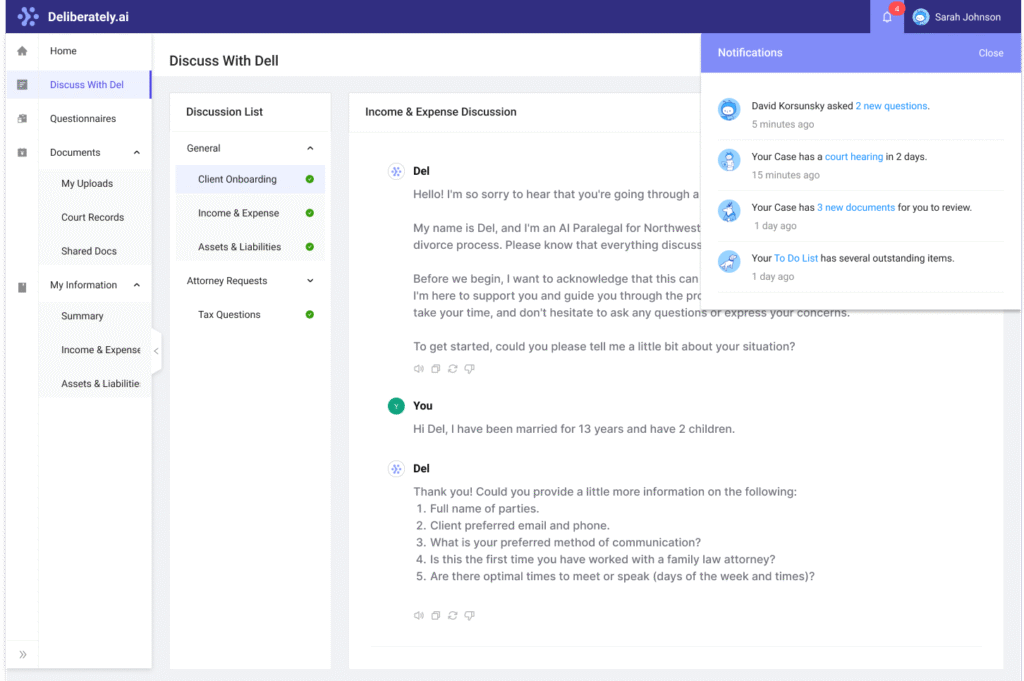
Shifting the Focus to What Matters
Deliberately.ai doesn’t measure its impact in terms of form volume or case throughput. It emphasizes clarity, reduced error rates, and attorney time reclaimed. The idea is to create ideal conditions for better legal practice, for both lawyers and their clients.
TLW: You’ve written about the hidden costs of chaos, being rework, errors, mental fatigue. How do you quantify “clarity” or “confidence” in practice, and what feedback loops are you building to track it?
Hans: “We quantify clarity through reductions in rework, fewer information requests, faster decision cycles, and more complete handoffs. When a legal team can move from intake to form filing without repeated back-and-forth, that’s clarity in action.
Confidence shows up in behavior – fewer bottlenecks, fewer revisited decisions, and faster execution because the information is trusted.
To track this, we’ve incorporated feedback loops at various levels:
1. Data Completeness & Friction Benchmarks
We monitor where information is missing, conflicting, or frequently edited (signals of uncertainty). Fewer gaps and last-minute changes indicate growing clarity and trust.
2. Behavioral Signals
We track how often users reuse inputs, reference generated artifacts, or override recommendations. High reuse and low overrides reflect rising confidence. We’re also testing prompts like “Did this answer your question?” as real-time confidence checks.
3. Proprietary Evaluation Framework
Our backend system also evaluates every human-agent interaction in real time, scoring performance and surfacing weak points to our team. This gives us continuous feedback to improve clarity, accuracy, and responsiveness.
Ultimately, we see clarity and confidence as natural outcomes of a system that captures and surfaces the right information at the right time, without noise, ambiguity, or duplication. That’s what Client Intelligence is all about.”
A Future-Ready Infrastructure for Personal Law
With support from Bessemer, Kleiner Perkins, Wilson Sonsini, and Scribble Ventures, Deliberately has both the credibility and the runway to push Client Intelligence from early-stage concept to industry norm. Rather than chasing trends, it focuses on reworking the core dynamics between attorneys and their clients, and it does so by investing in foundational systems rather than surface-level enhancements.
For a start, Deliberately recognizes that legal precision shouldn’t depend on the ability of attorneys to juggle spreadsheets, static PDFs, and endless follow-up emails. Precision should be a property of the system itself.
TLW: You’re backed by investors known for backing transformational infrastructure. Do you see Client Intelligence as the foundation for a new layer of legal infrastructure and what’s the long-term vision there?
Hans: “Yes, we absolutely see Client Intelligence as the foundation of a new legal infrastructure layer. Today’s legal tech largely operates at the surface – focused on interpreting statutes, automating document templates, and managing workflows. Useful, but ultimately limited.
What’s missing is a system that understands the underlying facts, people, and context driving legal outcomes. That’s what Client Intelligence is.
Our long-term vision is to become the legal professional’s source of truth by capturing, organizing, and continuously interpreting the most critical yet fragmented asset in the legal process: client information. This goes far beyond intake. It means transforming a client’s story – assets, relationships, timelines, and goals into structured intelligence that powers strategy, filings, negotiations, and outcomes.
Imagine a superhuman behind every case, tracking all facts in real time, learning from every interaction, and surfacing insights proactively. That’s what we’re building. It’s why we’ve attracted investors who typically fund deep infrastructure, not point solutions, because they see this as a foundational intelligence layer that will ultimately power the legal system itself.
This infrastructure will be invisible to the client, indispensable to the attorney, and fundamental to the future of law practice.”



